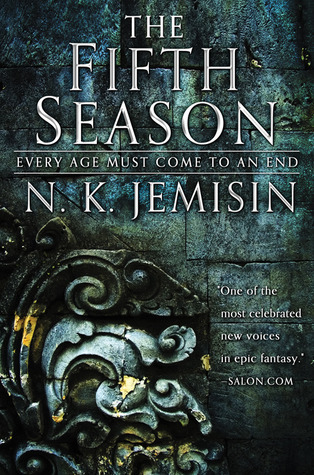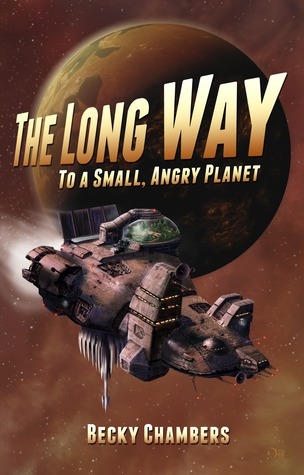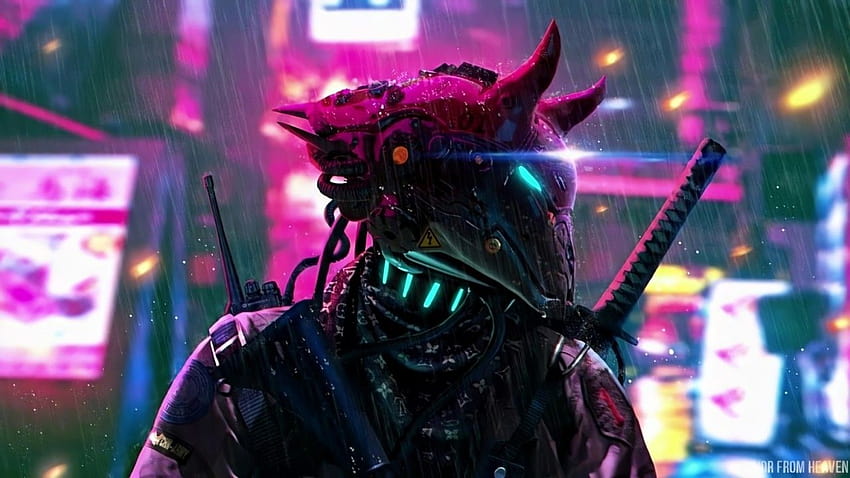
Shaping Tomorrow:
Exploring Diversity in SFF Narratives
Within the pages of Science Fiction Fantasy worlds, characters of myriad ethnicities, races, genders, and orientations come to life, each bringing a unique lens through which to explore the fantastical and the extraordinary. From character development, cultural settings, and intergalactic backdrops of adventures, SFF novels stand as beacons of inclusivity. As we explore these realms, it becomes evident that the genre not only envisions diverse societies but also serves as a mirror reflecting the kaleidoscope of human experiences, challenging norms, and inviting readers to explore the boundless horizons of imagination and representation. Here are several ways diversity and inclusion are examined and represented:
Character development – characters from diverse ethnic and racial backgrounds, characters of different genders, including non-binary and transgender individuals, characters with various sexual orientations, or characters with disabilities who contribute to a more inclusive narrative, highlighting their strengths and challenges.
Example: The Fifth Season by N.K. Jemisin’s novel features a diverse cast of characters, including individuals of different races and ethnicities. It explores themes of oppression, power, and survival in a world where certain people possess extraordinary abilities.
Cultural Settings – worlds inspired by different cultures and historical periods, offering readers a chance to explore unfamiliar settings and incorporating diverse mythologies and folklore from around the world can add depth to the story and showcase a variety of cultural perspectives.
Example: The Three-Body Problem by Cixin Liu. Set in China, this novel incorporates Chinese culture and history into its science fiction narrative. It explores the impact of cultural and historical events on the characters and the story’s unfolding.
Themes and Topics – discrimination, inequality, and justice, allowing for exploration of diverse perspectives on these topics or considering factors like race, gender, and sexuality and how they intersect and influence characters’ experiences.
Example: Kindred by Octavia E. Butler incorporates time travel to explore issues of slavery, race, and identity. The protagonist, a modern African American woman, is transported back to the antebellum South, providing a powerful exploration of historical and social themes.
Inclusive Societies – societies that embrace diversity, challenge stereotypes, and showcase alternative ways of organizing communities. This is one of my favorite story types with so many examples.
Example: Black Panther (2018) is set in the fictional African nation of Wakanda, “Black Panther” features a technologically advanced society with strong cultural influences. It explores themes of identity, tradition, and the responsibility of power. The film is celebrated for its predominantly Black cast and positive representation.
Example: Star Trek (TNG) provides inclusivity with the diversity of the fleet members. And characters rely on each other’s strengths to complete missions.
Example: A Wrinkle in Time, the classic novel by Madeleine L’Engle, follows a diverse cast of characters on a journey through space and time. The film emphasizes the importance of individuality and self-acceptance.
Language and Dialogue – incorporating diverse languages, dialects, or linguistic elements into their works, reflecting the linguistic diversity of their imagined worlds and having characters engaging in conversations that reflect the nuances of their respective cultures.
Example: The Long Way to a Small, Angry Planet by Becky Chambers involves a diverse crew on a spaceship, each member hailing from different species and backgrounds. The novel incorporates linguistic and cultural differences among the characters, emphasizing the importance of understanding and respecting diversity.
In the end, the significance of diversity in SFF novels to a reader is a testament to the genre’s capacity for transformative storytelling. As one travels through alien landscapes and magical realms, one encounters characters whose journeys echo the complexities of our own diverse world. SFF literature, with its inclusive societies, varied perspectives, and imaginative realms, becomes a bridge connecting us to the multitude of human experiences. These novels challenge us to embrace the differences that make us unique, fostering a sense of unity amidst the vastness of the speculative space. In celebrating diversity within the pages, we not only find reflections of our own reality but also discover the power of storytelling to shape a future where every voice is heard, and every story is told.
I hope you enjoyed this blog and gained at least a kernel of information to help you write your own diversity with the inclusion of your own interests for your novels.
I want to give a quick shout-out to PLOTTR software. I’ve found it has really improved my writing game and increased my efficiency tremendously. It is my new favorite writing aid. Use any of my affiliate links below and I might get a small commission. Thanks.
Check out my YouTube channel for PLOTTR videos @jlnichauthorsff
Joseph Michael’s Learn Scrivener Fast e-course
Please read and review my serial publishing novel, Sparrow’s Legacy, on Kindle Vella. You can read the first three chapters free on Amazon by searching for “Sparrows Legacy Kindle Vella” or clicking here. I. Please subscribe to my website if you want to be notified when I’ll be publishing or to get free samples of my work.
JL Nich, Science Fiction Fantasy Author






